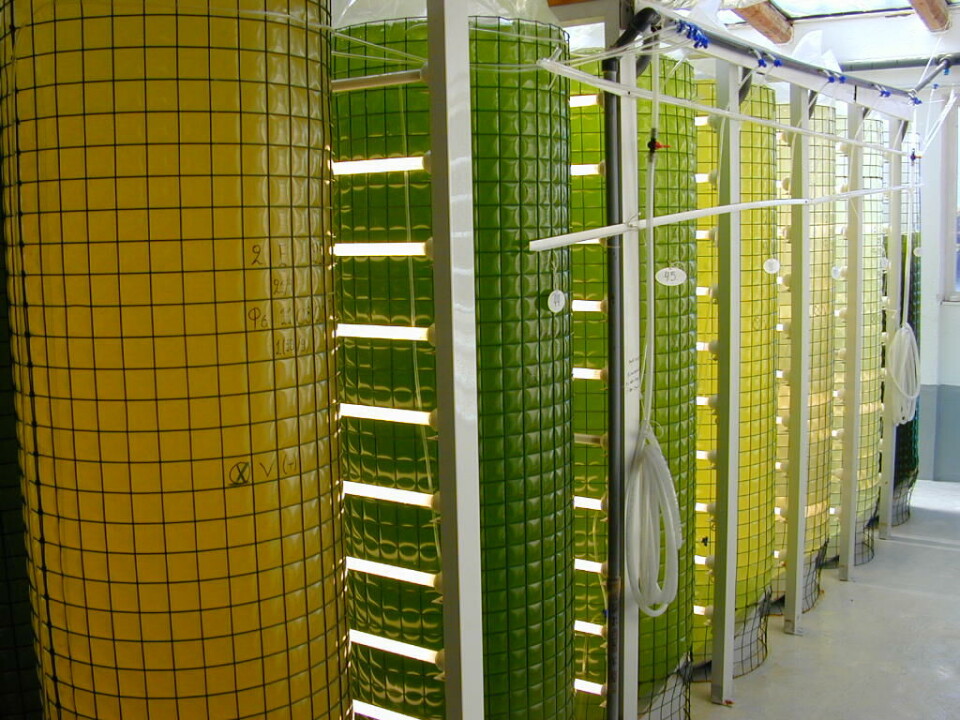
New algae production system introduced in Maine
With a USD 94,000 grant from the Maine Technology Institute (MTI) Marine Research Fund, the researchers have developed a way to refine the work all shellfish hatcheries have to go through, how to produce enough algae to feed the young shellfish.
Traditionally, hatcheries have grown algae using a process known as the "batch method", which starts by filling a 200 liter disinfected tank with pasteurized, filtered seawater and inoculating it with algae at a 1-20 or 1-50 ratio.
The scientists, who are working with the Darling hatchery, used this method in the past, but now they have installed a new Seasalter Continuous Algal Production System (SeaCAPS) in a greenhouse. SeaCAPS is made by Seasalter Shellfish in Kent, United Kingdom.
The algae is added to the tank, and then fed a mix of nitrates, vitamins and minerals, while kept warm and in lots of light. The algae multiply rapidly and in 8-10 days it is so dense that light is no longer penetrating. It is now ready to be used as feed.
The advantage of the SeaCAPS system is that it provides a continuous supply of algae for the entire growing season without having to shut it down to clean the bags and start new cultures. The shellfish are grown in 400 liter sterile bags suspended in wire containers.
The algae are transported to the shellfish bags via tubes. Feed is continuously dripping into the bags without any need for people.






















































